Dec 30 (V7N) - Air pollution in Dhaka, Bangladesh’s bustling capital, has reached alarming levels over the past week, highlighting a growing public health crisis. With daily fluctuations in the Air Quality Index (AQI), Dhaka consistently ranked among the top cities worldwide with the worst air quality. The deteriorating air quality has brought attention to the health risks faced by its 22 million residents and underscores the urgent need for sustainable solutions. This report provides an in-depth look at Dhaka’s air quality trends over the last seven days, analyzing the data, health implications, and potential remedies.
December 23, 2024: AQI Score 292 – “Very Unhealthy”
On December 23, Dhaka recorded an AQI score of 292, ranking as the second-most polluted city in the world. The air quality was classified as “very unhealthy,” posing severe health risks to all residents, particularly sensitive groups such as children, the elderly, and those with pre-existing health conditions. The high AQI score was attributed to elevated levels of particulate matter (PM2.5 and PM10), nitrogen dioxide (NO2), and carbon monoxide (CO). Industrial emissions, vehicular exhaust, and construction dust were identified as significant contributors.
December 24, 2024: AQI Score 216 – “Unhealthy”
The following day saw a slight improvement, with an AQI score of 216. Despite the marginal reduction, Dhaka ranked fourth globally for poor air quality. The air remained classified as “unhealthy,” and experts continued to advise limiting outdoor activities. India’s Delhi, Ghana’s Accra, and Iraq’s Baghdad topped the pollution rankings. The persistent problem of emissions from brick kilns and unregulated industrial operations exacerbated the air quality, making it clear that temporary weather changes were not enough to address the issue.
December 25, 2024: AQI Score 193 – “Unhealthy”
On Christmas Day, Dhaka’s AQI dropped to 193, ranking fifth globally. While still classified as “unhealthy,” the decrease offered slight relief. The city’s weather conditions contributed to the change, with a moderate cold wave and fog across the region. Experts pointed out that the improvement was not indicative of long-term progress but rather a short-lived phenomenon due to atmospheric dispersion. Public health experts warned that prolonged exposure to such conditions increases the risk of chronic respiratory diseases, stroke, and cardiovascular problems.
December 26, 2024: AQI Score 176 – “Unhealthy”
On December 26, Dhaka ranked 12th globally, with an AQI score of 176. The air quality, while still classified as “unhealthy,” showed signs of further improvement. Residents, however, continued to face significant health risks. Vehicular emissions, coupled with unchecked urbanization and a lack of green spaces, remained key contributors to air pollution. The Bangladesh Meteorological Department (BMD) predicted dry weather with moderate fog, which often traps pollutants and aggravates the situation.
December 27, 2024: AQI Score 222 – “Very Unhealthy”
The relief was short-lived as Dhaka’s AQI surged to 222 on December 27, placing the city in the second position among the world’s most polluted cities. The air was categorized as “very unhealthy,” signaling a severe health threat. The spike was attributed to stagnant atmospheric conditions that trapped pollutants closer to the ground. High levels of PM2.5 particles—tiny enough to penetrate deep into the lungs—continued to dominate, exacerbating respiratory illnesses and other health complications among residents.
December 28, 2024: AQI Score 275 – “Very Unhealthy”
On December 28, Dhaka’s air quality worsened further, with an AQI of 275. Once again ranking second globally, the air posed severe health risks. Comparisons with other polluted cities such as Kabul and Cairo highlighted the global scale of the air pollution crisis. Dhaka’s air quality during this period raised alarms among environmentalists and policymakers, emphasizing the need for stricter enforcement of air quality regulations and investment in sustainable urban planning.
December 29, 2024: AQI Score 275 – “Very Unhealthy”
As of 9:00 AM on December 29, Dhaka retained its second position with an AQI score of 275, categorized as “very unhealthy.” Residents were advised to limit outdoor activities, particularly vulnerable groups. The persistence of high pollution levels highlighted the city’s ongoing struggle with industrial emissions, unregulated construction, and a lack of effective waste management. Experts called for immediate action to mitigate the crisis, including stricter regulation of polluting industries and the promotion of cleaner energy sources.
Health Implications
The consistently poor air quality poses severe health risks to Dhaka’s residents. Prolonged exposure to high levels of PM2.5 and PM10 particles is linked to respiratory and cardiovascular diseases, reduced lung function, and premature death. According to the World Health Organization (WHO), air pollution is responsible for an estimated seven million deaths annually. In Dhaka, healthcare facilities face increasing pressure as more residents seek treatment for pollution-related ailments such as asthma, bronchitis, and other chronic conditions.
Underlying Causes
Vehicular Emissions: Dhaka’s overcrowded streets are filled with aging vehicles that lack modern emission control systems. The resulting exhaust significantly contributes to the city’s air pollution.
Industrial Pollution: Unregulated brick kilns, factories, and power plants emit large quantities of pollutants, including PM2.5 particles and harmful gases.
Construction Dust: Rapid urbanization and large-scale construction projects generate enormous amounts of dust, exacerbating air pollution levels.
Poor Waste Management: Open burning of waste, including plastic and organic matter, releases toxic chemicals into the atmosphere.
Seasonal Factors: Winter weather conditions trap pollutants near the ground, worsening air quality during this season.
Proposed Solutions
Stricter Regulations: The government must enforce stringent air quality standards and penalize industries and vehicles that fail to comply.
Promotion of Clean Energy: Encouraging the adoption of renewable energy sources and phasing out coal-fired power plants can reduce emissions.
Improved Public Transport: Expanding and modernizing Dhaka’s public transportation system can reduce reliance on private vehicles.
Green Urban Planning: Increasing the number of parks, trees, and green spaces can help absorb pollutants and improve air quality.
Awareness Campaigns: Educating residents about the dangers of air pollution and promoting behavioral changes, such as reducing waste burning, can contribute to long-term improvements.
Conclusion
The last seven days have underscored the urgency of addressing Dhaka’s air pollution crisis. While temporary weather changes may offer brief respite, the root causes of the problem require immediate and sustained attention. By implementing stricter regulations, investing in sustainable urban infrastructure, and promoting public awareness, Dhaka can work towards ensuring cleaner air and a healthier future for its residents. The time to act is now.
END/CLM/RH/



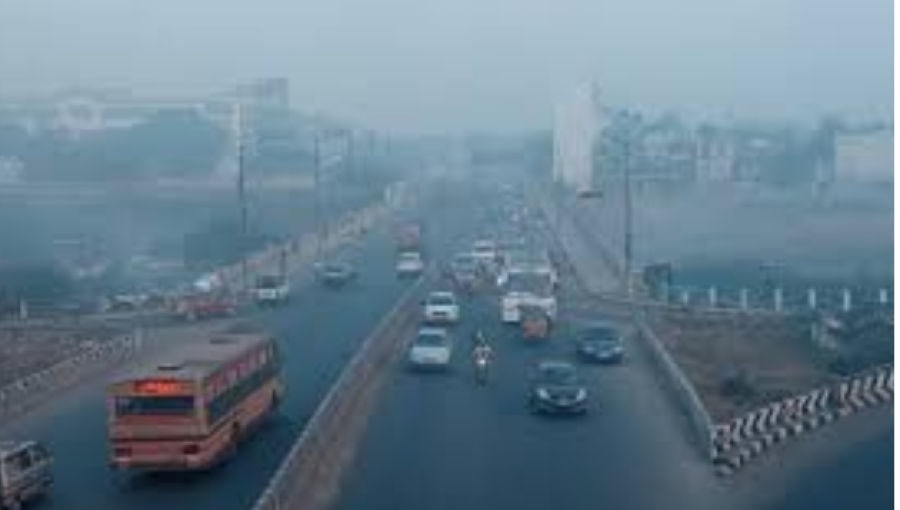
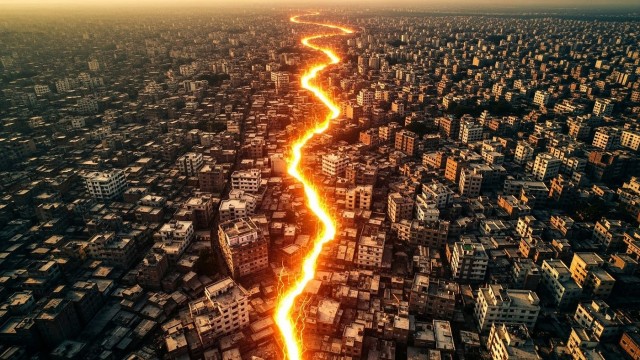

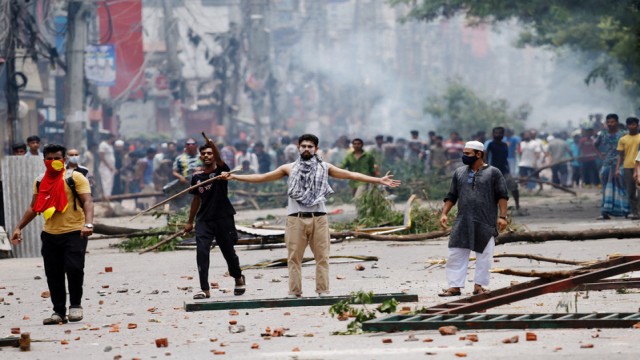


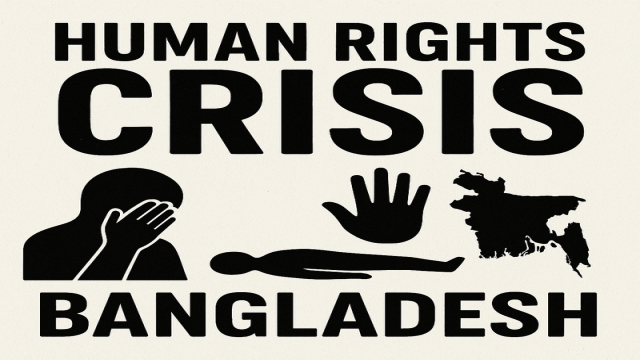

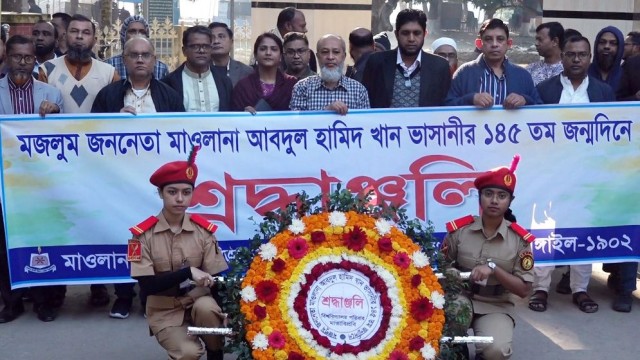



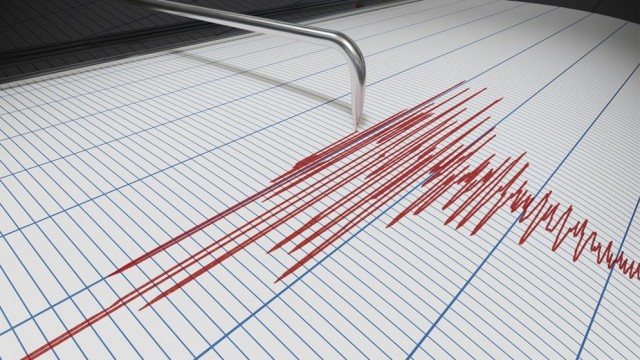
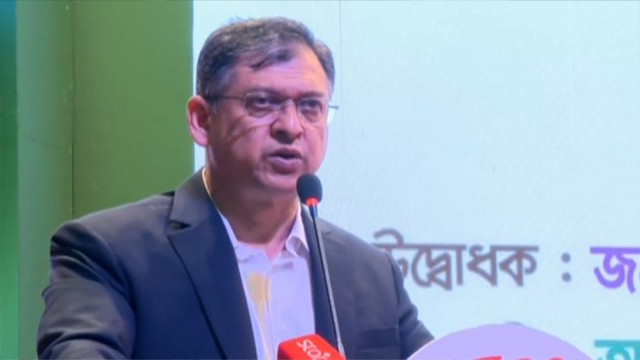






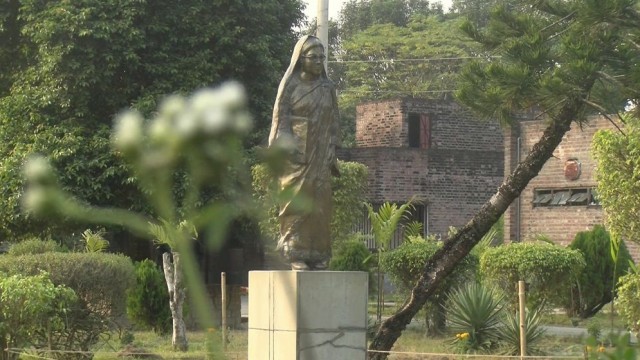



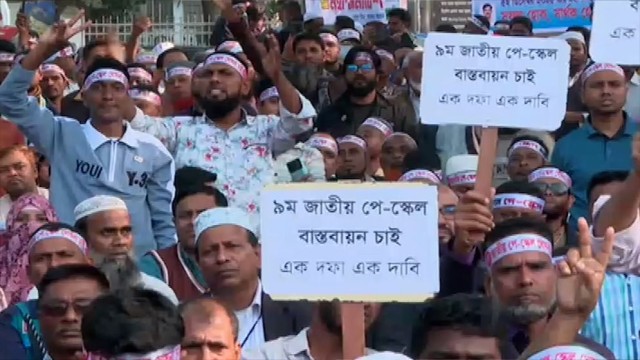



Comment: